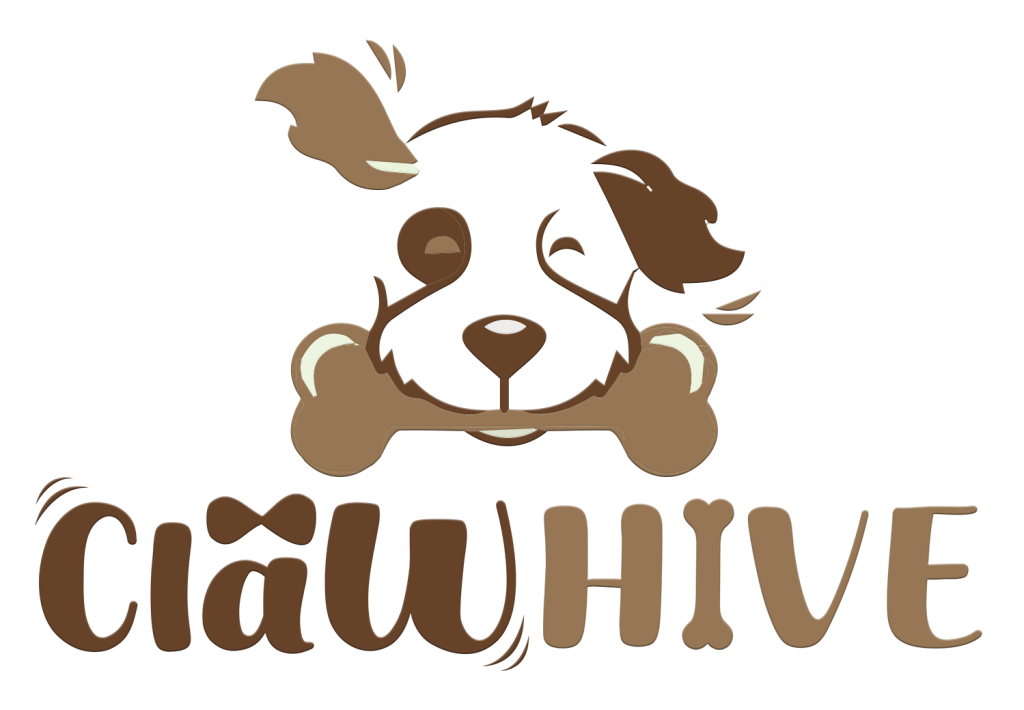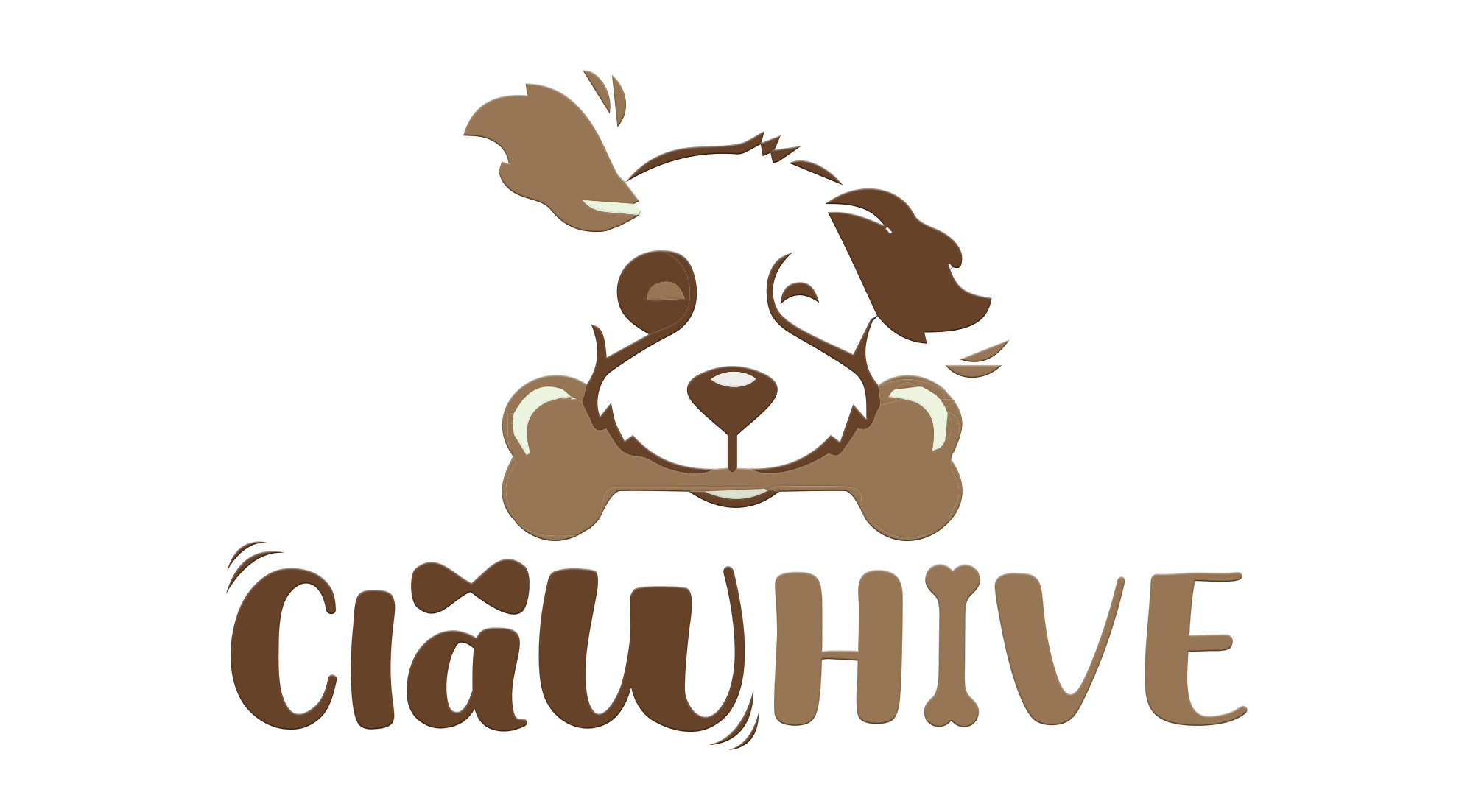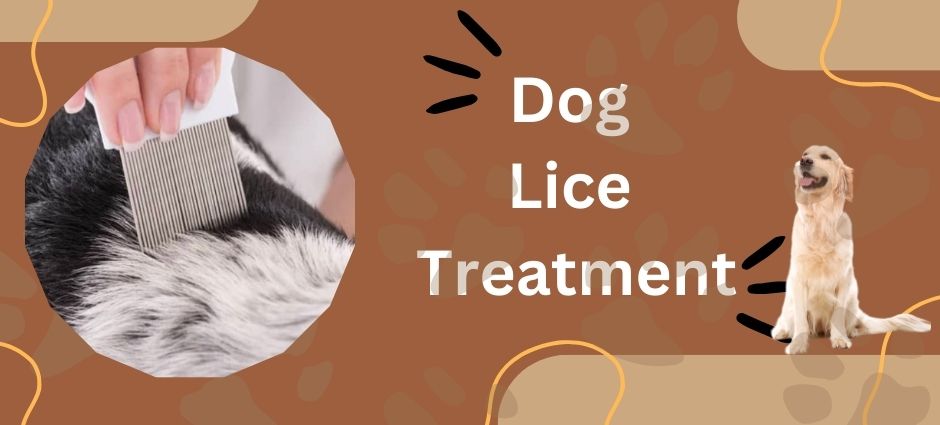Seeing your furry friend scratch incessantly is a heartbreaking sight. It disrupts their comfort, and for you, it raises concerns about the cause. While there are several reasons behind canine itching, lice infestation is a possibility.
If you suspect your dog might have lice, don’t panic! This blog post from Claw Hive will equip you with the knowledge to effectively address dog lice treatment.
So, keep reading about Lices in Dog:
What is Dog Lice?
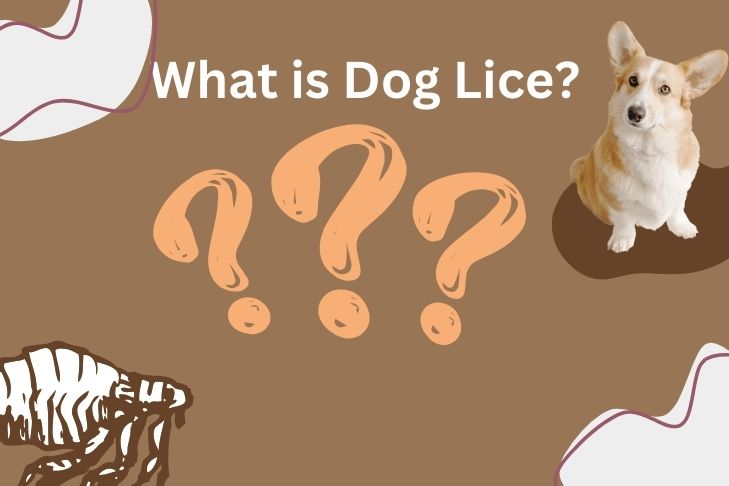
Dog lice are tiny, wingless insects that live on the fur of their host, feeding on blood. Lice do not transfer from one dog to another like fleas, so you don’t have to worry about that. The two most common types of lice found in dogs are:
- Chewing lice: These are the most common types of dog lice. They feed on the skin debris and dried blood near the base of the hair follicles.
- Sucking lice: These lice feed directly on the dog’s blood by piercing the skin with their mouthparts.
Both types of lice cause intense itching, which can lead to secondary skin infections in your fluffy little dog if left untreated.
When to See a Vet for Dog Lice Treatment
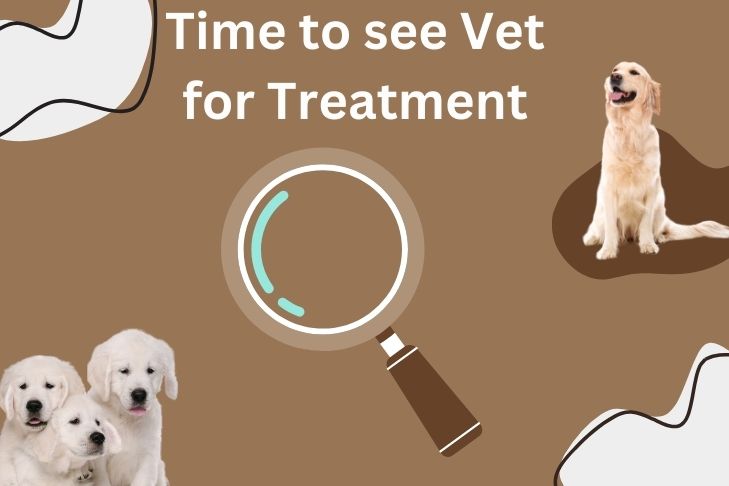
If you suspect a lice infestation in your pup, then you have to get an appointment with your vet as soon as possible so the treatment can start early on.
Early intervention is key to preventing complications like skin infections and hair loss. Don’t hesitate to schedule an appointment if you notice any signs of a lice infestation in your chunky dog.
Signs and Symptoms of Dog Lice Infestation
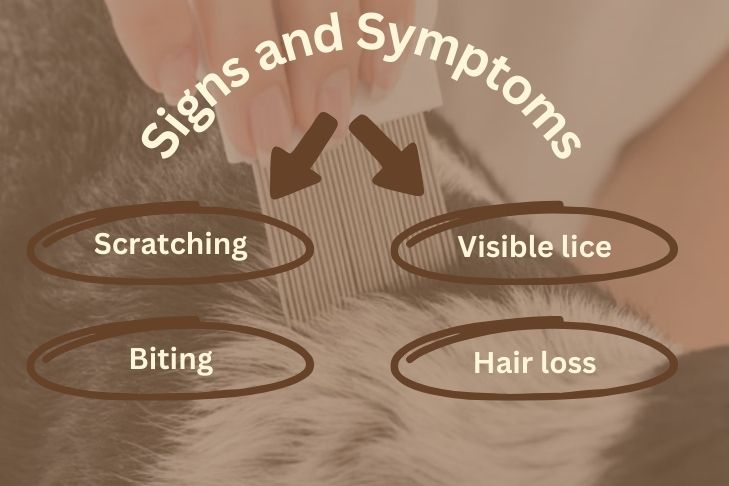
The most common sign of dog lice infestation is intense itching. You might notice your dog:
- Scratching excessively, especially around the head, neck, and base of the tail, ends up creating dark itchy spots on the dog’s skin.
- Biting and chewing at their fur.
- Restlessness and difficulty sleeping due to the itching.
- Visible lice or nits (lice eggs) on the dog’s fur. These appear as small, white specks attached to the hair shafts.
- Hair loss in areas of severe scratching.
- Scabs and sores on the skin from scratching.
Addressing the environment is the first step in dog lice treatment. Wash all bedding, toys, and other dog-related items in hot water (at least 140°F) and dry them on high heat. Vacuum carpets and furniture thoroughly, paying close attention to areas frequented by your dog. Consider using a pet-safe disinfectant spray on surfaces where your fluffy giant dog spends time.
If you have multiple pets living together, it’s crucial to treat all of them simultaneously, even if only one shows signs of lice infestation. Lice can easily spread between animals in close contact; however, they are most easily noticed in the big white dog breed.
If you notice any of these signs in your dog, it’s important to schedule an appointment with your veterinarian to confirm a lice infestation and get the appropriate treatment to get rid of dog lice.
Options For Dog Lice Treatment
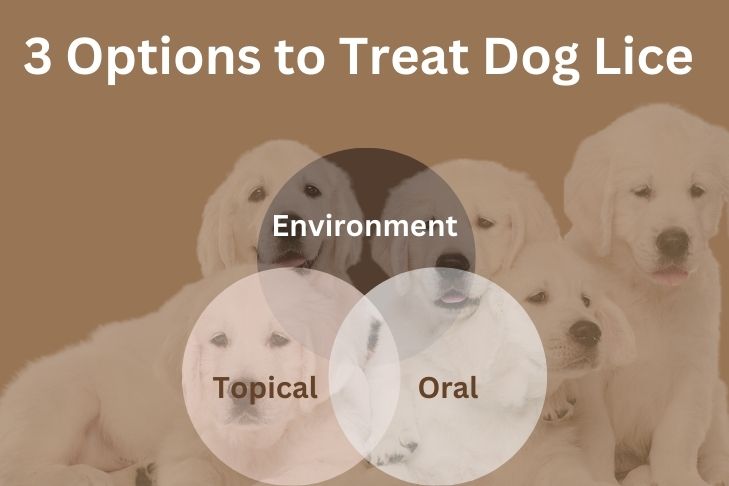
Several dog lice treatment options are available, depending on the severity of the infestation and what your vet recommends according to your dog. Here’s a breakdown of some common treatments:
Oral medications:
Prescription oral medications are often the most effective treatment for lice infestations. These medications work by killing adult lice and preventing eggs from hatching.
Topical medications:
Topical medications, such as spot treatments or shampoos, can be effective for mild infestations. These medications typically contain insecticides that kill the lice on contact.
Environmental treatment:
In addition to treating your dog, it’s crucial to address the environment, as mentioned above, to prevent re-infestation. This includes washing all bedding, toys, and other items that come into contact with your dog in hot, soapy water. You might also consider vacuuming furniture and carpets thoroughly.
Also Read: Glyphosate Toxicity Dogs Treatment
How to Prevent Dog Lice Infestations
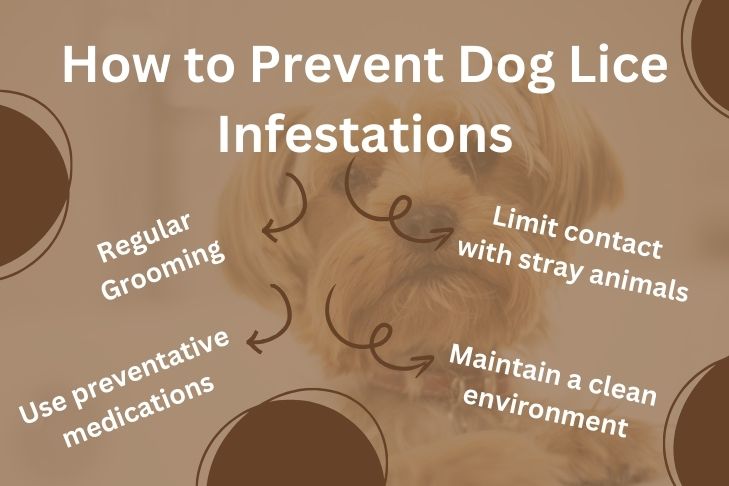
The best approach to lice is prevention. Here are some tips to keep your dog lice-free:
- Regular grooming: Brushing your dog regularly helps remove any lice or nits that might be present on their fur.
- Maintain a clean environment: Keep your dog’s bedding and living area clean to prevent lice from taking hold.
- Use preventative medications: Ask your veterinarian about preventative medications that can help protect your dog from lice infestations.
- Limit contact with stray animals: Stray animals are more likely to have lice infestations, so avoid letting your dog come into close contact with them.
Conclusion
Dog lice infestations, while unpleasant, are treatable. By understanding the signs and symptoms, treatment options, and preventative measures, you can effectively address the problem and keep your furry friend happy and itch-free.
Remember, we provide you with the information you need to ensure your dog’s well-being. If you have any further questions about dog lice treatment, don’t hesitate to contact us!
